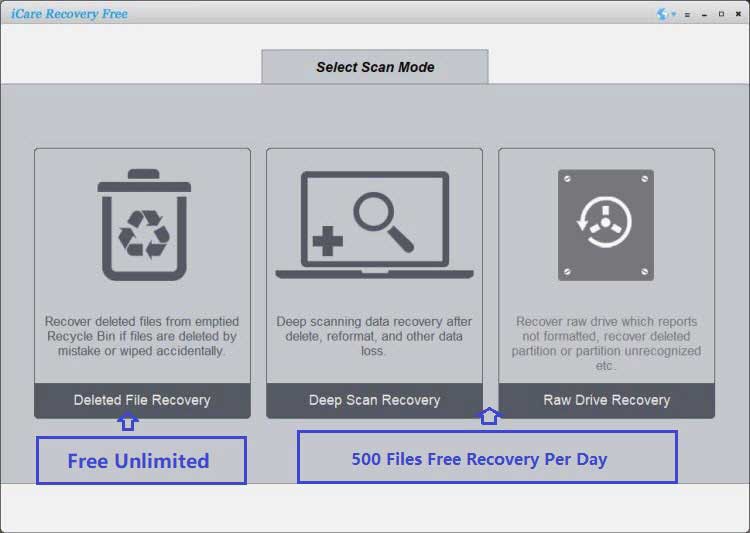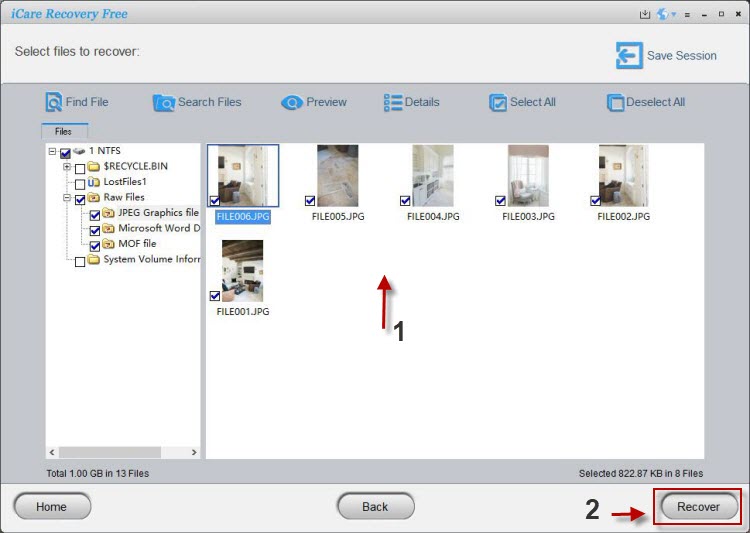How to Recover a Formatted SD Card on Android (No Root or PC Required)
Accidentally formatted your SD card on your Android phone? Don’t panic — in most cases, your photos, videos, and other files are not gone forever. This guide shows you how to recover a formatted SD card in Android without root, without a computer, and also with free recovery tools if you have access to a Windows PC.
Recover Formatted SD Card on Android Without Computer
If you want to recover data directly on your phone, you can use free Android data recovery apps. These apps scan the storage for deleted file entries and attempt to restore them before they are overwritten.
- DiskDigger Photo Recovery – Great for photos and basic media recovery without root.
- PhotoRec for Android – Advanced open-source tool, works with many file types.
- EaseUS MobiSaver for Android – Simple interface and selective file recovery. (Commercial, not free)
Tip: Stop using the SD card immediately after formatting to avoid overwriting recoverable data.
Also read: SD card format recovery app or SD card recovery app
Step-by-Step: Recover Deleted Photos from a Formatted SD Card without Computer
Photos are the most common files people want back. Here’s how to retrieve photos from formatted memory card in Android phones: (Android phone SD card format recovery apps are limited and typically only offer free photo recovery.)
- Install DiskDigger or another trusted recovery app on your Android device.
- Grant necessary permissions and select your SD card.
- Run a full scan (may take several minutes).
- Preview and select the photos you want to restore.
- Save recovered photos to internal storage or cloud storage, not back to the same SD card.
Recover Videos and Other Files
Many recovery apps can also retrieve videos, documents, and audio files. If using iCare Recovery Free or PhotoRec (No UI, pro users required), you can filter results by file type for faster selection.
Best Free Tool for SD Card Recovery on Windows PC
While mobile apps are convenient, desktop recovery software can often achieve deeper scans and higher recovery rates. One standout option is iCare Recovery Free.
iCare Recovery Free is a Windows-based SD card recovery tool that can restore files from formatted, damaged, or RAW SD cards. It supports a wide range of file types including photos, videos, documents, and more. The process is straightforward:
 Download and install iCare Recovery Free on your Windows PC.
Download and install iCare Recovery Free on your Windows PC.- Connect your Android device’s SD card to the PC via a card reader.
- Launch iCare Recovery Free and select the SD card drive.
- Run the deep scan and preview the recoverable files.

- Save the recovered files to a different drive (not the SD card) to prevent overwriting.

SD Card Recovery on Android vs. Computer — Which Is Better?
Both Android-based recovery and computer-based recovery have their advantages and limitations. The choice depends on your situation, the type of files lost, and the tools available.
| Feature | Android Recovery | Computer Recovery |
|---|---|---|
| Convenience | Recover directly on your phone without extra hardware. | Requires card reader or device connection to PC. |
| Recovery Depth | Usually limited to recently deleted photos/videos without root. | Advanced scanning can recover more file types and older data. |
| Free Tool Options | DiskDigger, PhotoRec (Android version), EaseUS MobiSaver. | iCare Recovery Free, PhotoRec (desktop), Recuva. |
| Success Rate | Lower for complex cases or heavily formatted cards. | Higher due to deeper scan algorithms and better processing power. |
| File Type Support | Mainly images, videos, some documents. | Images, videos, documents, audio, archives, and more. |
| Risk of Overwriting | High — the phone may write new data while using recovery apps. | Lower — recovery is performed on a separate device. |
Risks of SD Card Data Recovery on Mobile Devices
While it’s possible to recover a formatted SD card on Android without computer, there are certain risks to be aware of:
- Data Overwriting: Installing recovery apps or saving restored files to the same SD card can overwrite the very data you are trying to recover.
- Lower Recovery Rate: Mobile recovery tools may miss older or fragmented files, especially without root access.
- Device Heating: Long scans can cause your phone to heat up, which might lead to throttling or app crashes.
- File Corruption: Incomplete or unstable recovery apps can restore files in a corrupted state.
- Limited Storage: If your phone’s internal storage is almost full, saving recovered files safely can be difficult without cloud backup or external drives.
For critical or irreplaceable data, using a desktop tool like iCare Recovery Free on a Windows PC is often safer and more effective.
FAQs
- Can a formatted SD card be recovered on Android?
- Yes, as long as the data hasn’t been overwritten. Use apps like DiskDigger, PhotoRec, or desktop tools like iCare Recovery Free for best results.
- How to recover a formatted SD card without computer?
- Use Android recovery apps that scan directly from the device, such as DiskDigger or EaseUS MobiSaver. Make sure to act quickly before new data overwrites the old files.
- Is it possible to recover SD card data after a factory reset?
- Yes, but recovery success depends on how much new data was written after the reset. Deep scan tools offer the highest chance.
- Do I need root to recover files?
- Not always. Many photo and media recovery apps work without root, though root access may allow deeper scans.
- Which is the best free SD card recovery tool for PC?
- iCare Recovery Free is a powerful Windows program that can restore files from formatted or damaged SD cards at no cost.
Final Tips
- Stop using the SD card immediately after formatting.
- Try mobile apps first for quick recovery, then PC tools for deeper recovery.
- Always back up important files to cloud or external drives to prevent future loss.